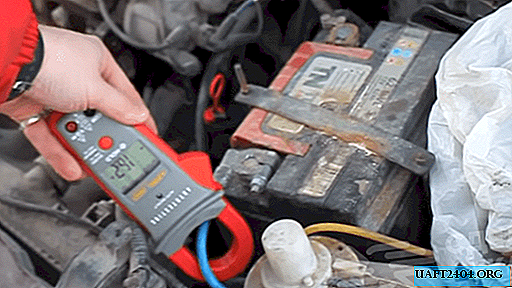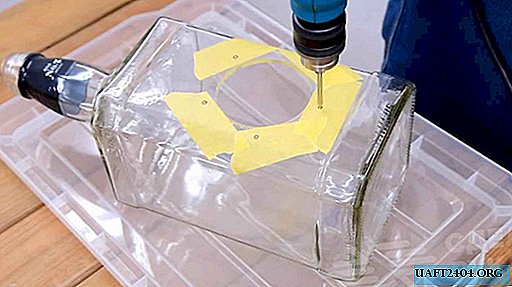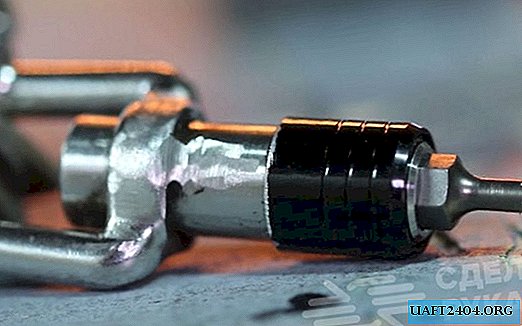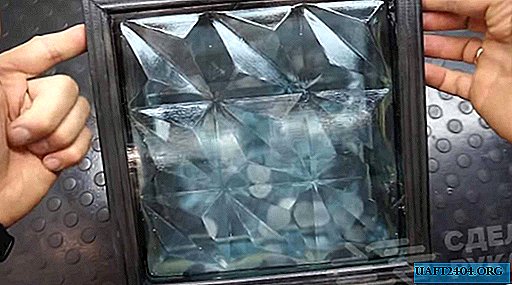
In anticipation of the first frosts, many experienced drivers take preventive measures to prevent battery failure. Because batteries, like other elements of a car, are in a stressed state at minus temperatures. If you do not know what and how to do with the battery, then read this article to the end.

To start the engine in frosty weather was successful, the car battery must be prepared in advance. At the same time, preventive measures may vary, depending on the type of battery installed under the hood.
Today, several basic types of batteries are used. The classic version is “banks” with electrolyte (can be either cork or without jams). A more advanced type of battery is the AGM. Instead of electrolyte, such automotive lead-acid batteries are crammed with absorbent fiberglass.
AGM batteries
If AGM batteries are installed under the hood of a car (they belong to the VRLA class), then in this case all prevention comes down to timely charging only. Before the onset of cold weather, it is necessary to recharge the battery. At the same time, it is necessary to control that the voltage when recharging the "banks" does not go beyond 14.4V.

If you exceed the permissible voltage, then the battery can simply fail much earlier than the prescribed time. In fact, such batteries are not particularly frightening. Since there is no liquid inside the case, there is actually nothing to freeze here.

The only drawback of such batteries is the high cost. If we compare them with ordinary liquid batteries, the price can be 2-3 times higher.
WET batteries
Liquid car batteries are marked WET. They differ from the previous type of battery not only in the method of production, but also in charge cycles. Liquid batteries are divided into two main groups: with and without plugs. Consider what to do with each of them, in more detail.
Batteries without plugs
First of all, we get the battery from under the hood. If there are traces of dirt or oil on the case, it is advisable to get rid of them. It will also be necessary to clean the conclusions. Then we warm the battery to room temperature.

After that, you will need to understand how much electrolyte is inside the case. Since there are no covers in this case, this can only be done in two ways: to look at the amount of electrolyte in the lumen (if the body is visible) or shake it with your hands and determine this.
Please note: if the amount of electrolyte is small (lead plates are not coated), then such a half-empty battery is extremely undesirable. Better to set normal.

Many liquid battery-free batteries have a special charge indicator. If you can unscrew it, then you can easily check the density and visually assess the sediment in the "bank". If the sediment is normal, then the battery will need to be charged and installed back under the hood.
Traffic Batteries
Prevention of this type of battery begins with the fact that the battery needs to be removed and washed well, while removing dirt, as well as fumes and drops of electrolyte. It will also be necessary to clean all current-carrying elements. In the next step, we heat the electrolyte in the battery to about 23-25 ℃.

After this, you need to unscrew the plugs and visually assess the actual electrolyte level. It is necessary that the lead plates are completely blocked (by at least 10-15 mm). Then it will be necessary to measure the density of the electrolyte. It depends on how the battery will “feel” in frosty weather.

The lower the density of the liquid, the weaker the frost needed to freeze the electrolyte. If we talk about acceptable standards of density, then this indicator should be at the level of 1.27-1.30 g / cm3. You can check the density with a simple device - a hydrometer, which every driver should have.
If the density in the battery is small, you do not need to add electrolyte from the bottle, as this will not change anything. At low density, the car battery just needs to be charged. It is also necessary to evaluate the sediment "by eye". If it is excessively cloudy, this indicates a loss of capacity. Such a battery in severe frost may simply not start the car engine.

After checking and charging, install the battery back under the hood. And remember that the most important thing in a period of prolonged frost is the density of the electrolyte. If it is small, the liquid will freeze, and the battery may fail. To prevent this, it is necessary to periodically conduct such preventive measures.











